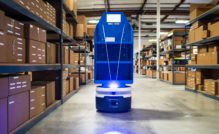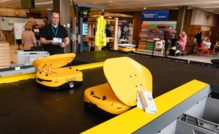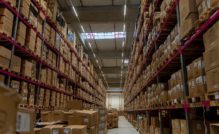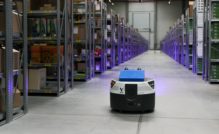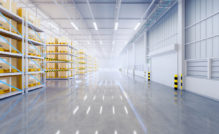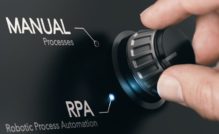How autonomous robots perform for our customers
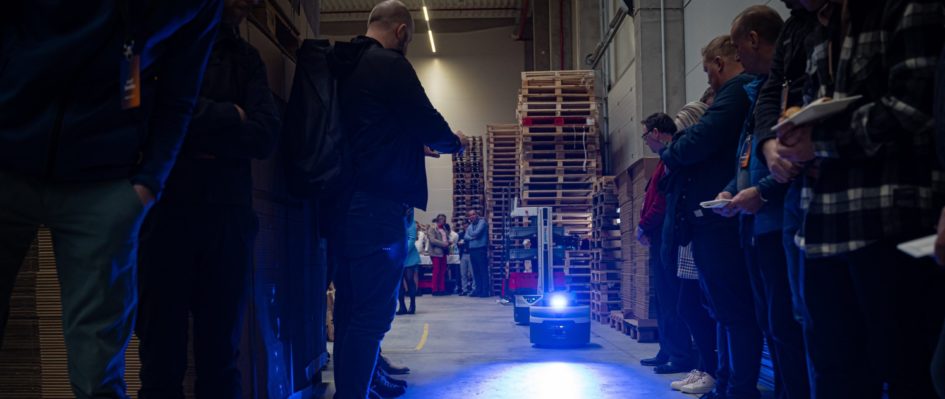
Sluno has been cooperating with Fetch Robotics since 2020 and keeps HMIShelf and CartConnect robots available in Ostrava. Our customers particularly appreciate the robots’ ability to work 24 hours a day and the fact that they move autonomously, which is safer than human-operated trolleys.
“As a partner of Zebra Technologies, we are currently preparing a proposal to deploy robots in warehouses where they will operate alongside human operators. To design the optimal solution, we need to be familiar with the intended operational premises of the robots. We can discuss possible routes and conditions during a site visit. Our second visit to the customer usually takes place 2-3 weeks later, this time with the robot. Within a few hours, generally overnight when traffic is at its lowest, we set up the robot and can demonstrate the agreed process to the customer,” sums up Strategic Management Director Radim Tvardek.
Inter-floor movement does not pose a problem
You won’t need to manually input any maps to the robot. It can scan everything on the spot and learn how to move in space, making its deployment very quick. A 2D map will be available and can be further modified, for example, by adding new spots for the robot to drive to. You can integrate the call and dispatch of the robot into the system using a simple web application that can be activated from Zebra Technologies terminals used by warehouse operators. The robot can also be controlled directly via its display.
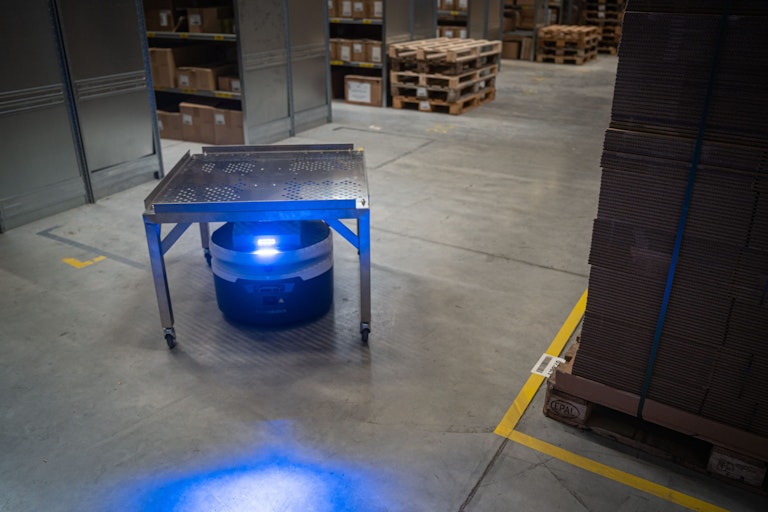
Petr Rais, a member of the robot team, is responsible for calculating how many and which robots are suitable for the customer: “When choosing a suitable robot, we have to consider all the situations that may arise on the route. For example, the loaded robot must be able to turn around in the elevator.” The robots can easily communicate with the elevator or the electronically-operated doors. They can navigate between floors entirely on their own.
Highlights
FlexShelf robot is now equipped with a barcode and RFID tag reader. This allows the operator to scan the goods and store them in one of three crates. The integrated NFC reader means that only authorised personnel can operate the robot’s display.
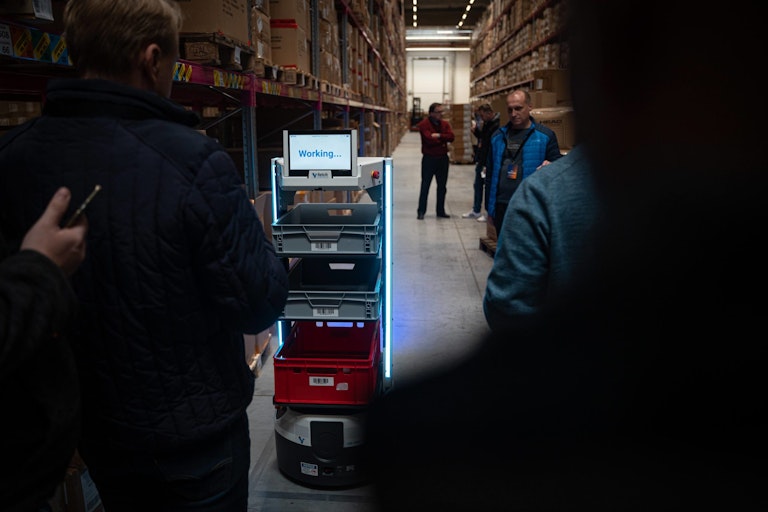
Each robot is equipped with a USB, HDMI and 24V power supply; thus, you can create and implement various accessories to transmit information to the customer. TagSurveyor can scan RFID codes on pallets up to a height of 6-7 m, take pictures of the real state of the goods on-site, and send the photos directly to the system using sensors and cameras by Zebra Technologies. Thus, it can identify missing or misplaced items in the warehouse.
“Currently, we are working on making the roller track on the RollerTop robot capable of lifting. Thus, the robot will be able to pick up goods at 1 m and transfer and deliver them to a height of 1.2 m,” comments Petr Macháček, Radim Tvardek’s right-hand man. Sluno cooperates with engineering companies and the University of Science and Technology in Ostrava on the development.
Fetch Robotics has so far managed all the pitfalls of the environments they have been tested in, with operational bottlenecks, obstacle avoidance and human interaction. They can also be paired with other types of robots, such as sorters. For example, Fetch Robotics can transport the sorted goods in this case.

